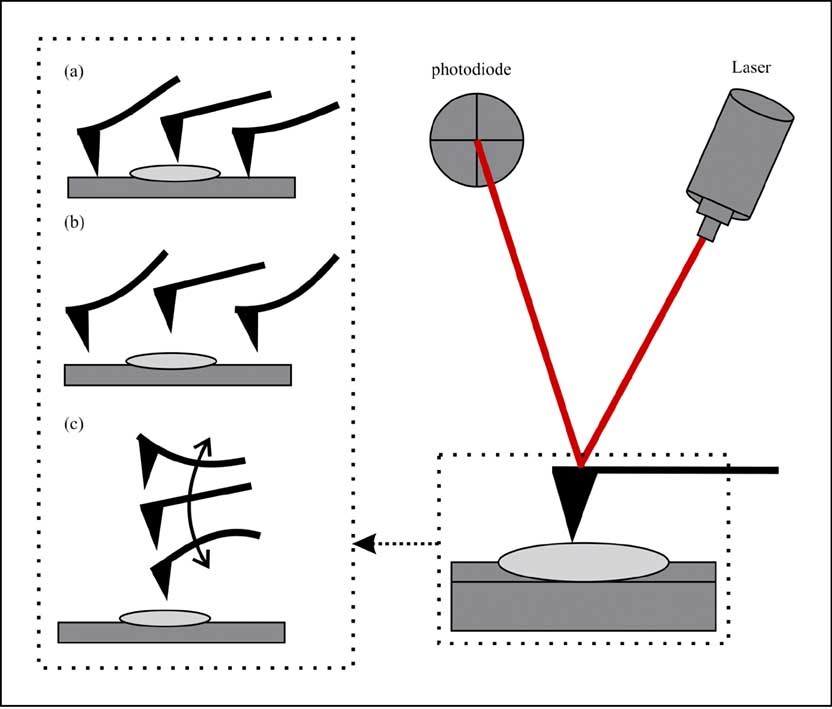Application of Atomic Force Microscopy (AFM) in Thin Film Technology
With the vigorous development of membrane technology, people are trying to improve the method of membrane production by controlling the surface morphology of the membrane, thereby enhancing the performance of the membrane. Applying AFM to observing the surface morphology of polymer membranes has opened a new door for the research of membrane surface morphology. AFM is widely used in membrane technology. It can study the surface morphology of membranes in an atmospheric environment and aqueous solution environment and accurately measure its pore size and pore size distribution; it can also measure the charge properties of the membrane surface in the electrolyte solution and quantitatively measure the interaction force between the membrane surface and the colloidal particles. No matter the determination of any parameter, AFM has shown advantages that other methods do not have. Therefore, its application range has grown rapidly, and it has rapidly become a basic means of development and research in membrane science and technology.
 Figure 1. Working modes of AFM
Figure 1. Working modes of AFM
Applications of Our AFM Service in Thin Film Technology
The application of AFM in thin film technology provided by Creative Biostructure mainly includes these aspects: observation and determination of membrane surface structure, observation of membrane surface morphology, study on fouling degree of membrane surface, and film formation mechanism research.
Observation and determination of membrane surface structure
Observation and determination of membrane surface structure, including pore structure, pore size, distribution, etc. After using AFM to obtain the thin film image, select a line on the image for line analysis (line analysis), which can be used to study the pore size and distribution.
Observation of membrane surface morphology
Membranes with a certain surface roughness have a greater advantage in permeation flux than flat membrane surfaces. AFM can provide composition information according to the difference of some physical properties of materials in Phase Image mode.
Study on fouling degree of membrane surface
AFM can measure the interaction force between the membrane surface and the probe tip by measuring the bending degree of the cantilever and predict the contamination status of the membrane surface through the detection of the force. The application of AFM simplifies the membrane development process. It provides theoretical guidance in selecting membrane materials, thereby promoting the rapid development of low-pollution or non-pollution membranes.
Film formation mechanism research
The imaging and analysis of the morphology and structure of the film surface by AFM have also brought great help to the study of the film-forming mechanism during the film preparation process. AFM can generate high-resolution images of the membrane surface without any pretreatment of the membrane that may damage the surface structure.
 Figure 2. AFM images of the as-deposited thin films.
Figure 2. AFM images of the as-deposited thin films.
Creative Biostructure can offer you the different applications of AFM in thin film technology, giving you the information, you need to do a great job. Please feel free to contact us for more information or a detailed quote.
Ordering Process
References
- Veerapandian M, Yun K. Study of atomic force microscopy in pharmaceutical and biopharmaceutical interactions-A mini review. Current Pharmaceutical Analysis. 2009, 5(3): 256-268.
- Hilmi I., et al. Research Update: Van-der-Waals epitaxy of layered chalcogenide Sb2Te3 thin films grown by pulsed laser deposition. APL Materials. 2017, 5(5).
